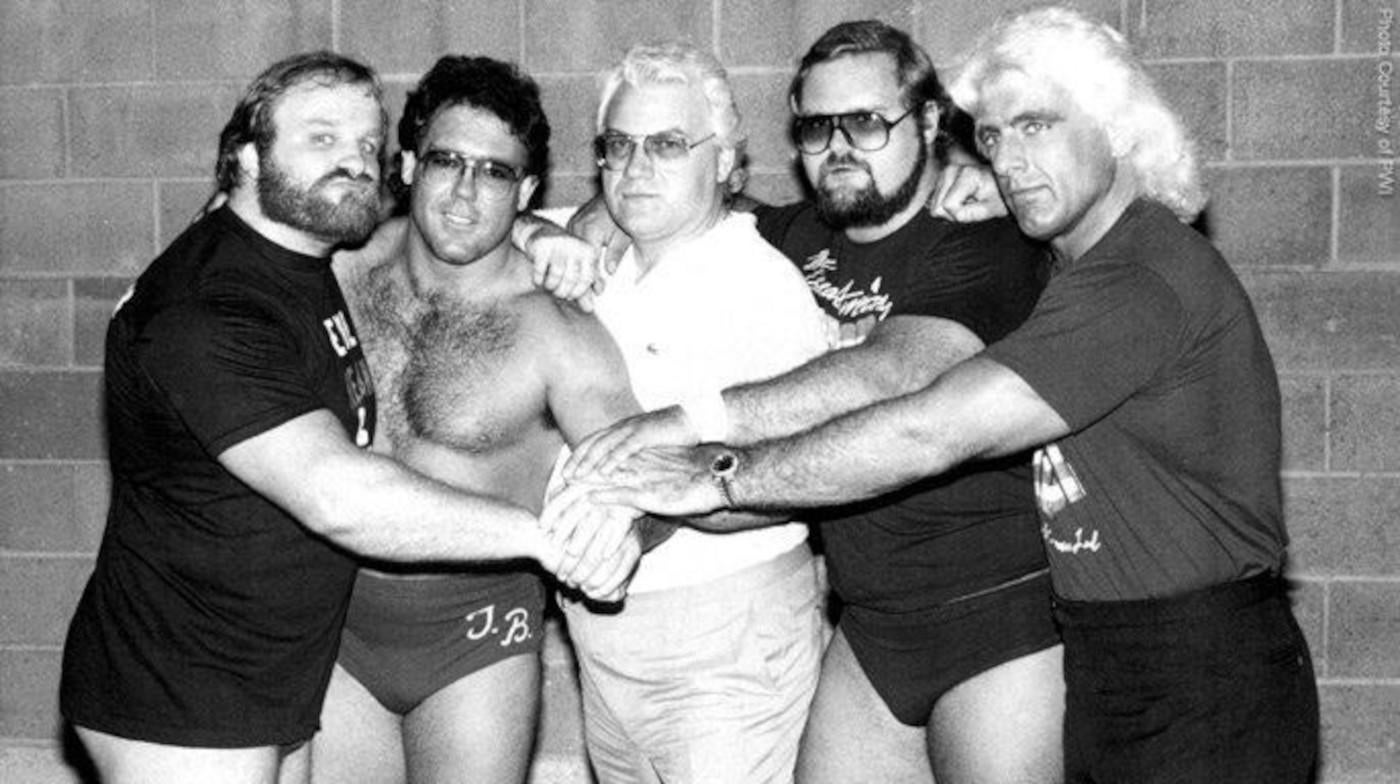Machine gun or firearm toy? Bump stock creator speaks out ahead of Supreme Court hearing on ban
Written by ABC Audio ALL RIGHTS RESERVED on February 26, 2024
(KNOXVILLE, Tenn.) — To gun enthusiasts, Jeremiah Cottle is an American hero and entrepreneurial success story. To his critics, the decorated Air Force veteran, father of four and inventor of the bump stock accessory is a promoter of mass death.
“I wanted to create a way that people could go out, shoot their gun safely and have fun and shoot as fast as you want to be able,” Cottle told ABC News in an exclusive interview.
WATCH: Up close and personal with the bump stock: ‘Machine gun’ or firearm toy? ABC News Live Prime, Feb. 26, 7 p.m. and 9 p.m. ET, streaming on Hulu or the ABC News app.
This week, the fate of the device and Cottle’s multimillion-dollar business hang in the balance at the U.S. Supreme Court, which is weighing whether the government can ban bump stocks as “machine guns” under federal law.
“A machine gun is a mechanical definition by law, and it doesn’t meet that definition,” Cottle argued.
The Biden administration and gun safety advocates strongly disagree.
The National Firearms Act makes it a crime to manufacture machine guns or to possess one made after 1986. Those firearms are defined as any weapon which shoots “automatically, more than one shot, without manual reloading, but a single function of the trigger.”
The new case, Garland v. Cargill, turns on interpretation of that definition.
Cottle designed the original, non-mechanical bump stock in 2008 from a piece of wood, PVC pipe and duct tape. It replaces the standard stock on a semi-automatic rifle and harnesses the gun’s recoil power to help a shooter fire faster and more accurately.
For eight years, federal regulators approved its sale and patents protected its design. Cottle said he sold his first 500 bump stocks in just four days — and then more than 20,000 in the first year and more than half a million by 2017.
“Nothing had been on the market that was similar to this,” he said of the sales boom, which catapulted him from food stamps to millionaire status. His small business in West Texas, Slide Fire Solutions, Inc., grew to employ more than 40, including his grandparents.
“It’s absolutely a Cinderella story,” said Cottle. “You take an individual with an idea — something that they believe others will enjoy — you put it out there, and it’s unbelievably welcomed.”
But in October 2017, the deadly power of a bump stock came into horrifying view.
Investigators concluded a gunman in Las Vegas who killed 60 people and injured more than 500 at a music festival had multiple rifles equipped with bump stocks. It remains America’s deadliest mass shooting.
“We were running over bodies because of how quickly the shots were being fired,” said Marisa Marano, a survivor of the shooting. “Had it been one rifle, I do not believe that as many people would have died. Why are we allowing bump stocks to kill? What’s the point? What are we doing?”
The same Bureau of Alcohol, Tobacco, Firearms and Explosives that had repeatedly told Cottle between 2008 and 2017 that his bump stocks were not illegal “machine guns” did an about-face after the Vegas massacre.
At the direction of then-President Donald Trump, and backed by the National Rifle Association, the agency reclassified the devices and ordered that the more than 700,000 already created must be surrendered or destroyed.
“That somebody took action and said that we do not need these devices was a wonderful thing,” said Geena Springmann, Marano’s younger sister who is also a survivor of the Las Vegas shooting. “We need [bump stocks] to be regulated. This converts an assault weapon into a machine gun.”
Steve Kling, a retired Army commander of a small arms training unit and a gun safety advocate for the Giffords organization, said ATF’s reversal reflects a more accurate analysis of federal law.
“The spirit of the law is to prevent automatic weapons, weapons that have a significant cyclical rate of fire, from being on our streets and possessed by just anyone,” he said.
“I’ve fired a lot of automatic weapons, including ones with bump stocks. There’s no question that they’re fun. It’s fun to drive a supercar at 180 miles an hour down a highway. But we don’t allow that either,” Kling said.
Michael Cargill, an Army veteran and owner of Central Texas Gun Works outside Austin, cleared his store shelves of bump stocks after the ATF imposed the 2018 ban and surrendered two he owned himself. But he sued the agency in federal court and is leading the fight to get the devices back.
“This is a product that I legally purchased and had it in the store,” Cargill said in an interview at his shop, “and all of a sudden an agency within the federal government decided they’re going to ban this particular product. I said, ‘This is crazy, this is not the America that I know. We’ve got to do something about this.'”
Cargill insists a bump stock is a firearm accessory that does not render a semi-automatic weapon fully automatic and that the ATF overstepped its authority. He’s now asking the Supreme Court to strike down the agency’s ban.
“We need to follow the laws that we already have right now and not venture past that point,” Cargill said. “An agency within the federal government can’t come out and actually turn millions of people into felons overnight or ban a product. We have to go to Congress to do that.”
Cottle, who personally questions whether bump stocks were actually used in the Vegas shooting, insists his product is a “safety device” that makes bump firing less erratic than other recreational rapid-firing techniques.
And he maintained that his conscience is clear, despite a connection between his device and the nation’s deadliest mass shooting.
“I believe people that are bent on violence will achieve violence regardless of the tools they use,” he said.
Cottle said that regardless of the Supreme Court’s decision in the case, he may soon get out of the bump stock business to pursue other passions. But in the meantime, he hopes the justices will vindicate his version of the American dream, regardless of the criticism.
“The bump stock gave me the opportunity to do something amazing, to create a business, to get my children off of food stamps, to actually employ people,” he said. “It has been absolutely scapegoated.”
Copyright © 2024, ABC Audio. All rights reserved.






